By Paul Bucci and Fiona Anderson
My wife Fiona and I were about to launch ourselves on a cross-Europe bicycling trip, just as COVID-19 started — and in an instant — like everyone else, we became land-locked, housebound, and hunkered down for many, many months.
As restrictions lifted, we decided to make an epic-COVID-safe journey down the West Coast of the United States, before making our way to Florida to start a bicycling trip on the Southern Tier Cycling Route.
We began our journey in Port Angeles, taking Blackball Ferry’s Coho on a foggy Victoria Day, and heading across the flat grey waters of the Strait of Juan de Fuca.
READ MORE: Coho Ferry: Marine Gateway to the Pacific Northwest
Snaking our way across the top of the Olympic Peninsula, we were treated to mile after mile of lush green forests. Some of them were recently planted — as in the last 50 years or so — and others had tall, straight Douglas fir towering high into the sky.
What we weren’t prepared for were the literally hundreds of logging trucks, hauling massive, heavy timber out of the woods. It was amazing to see harvesting on this scale.
While we in British Columbia are blessed with a beautiful, rich coastline, the Washington and Oregon reaches of route 101 are an opulent display of huge, wind-swept sandy beaches. Their grey expanses make Tofino’s Long Beach look short. The sheer size and majesty of this part of the U.S. west coast is achingly beautiful, and the coastal stretches of US 101 offer stunning vista after stunning vista.
Some of the first grand beaches are at Kalaloch, where you pass the unoriginally named Beach 4, Beach 3, Beach 2 and Beach 1. Access is generally great, and parking is available. And when you head down this part of the highway, there are signs enticing you to stop and see a large cedar.
It seems like nature’s sand and gravel machine was ordered into overdrive in Oregon, powered by forces as strong and as old as the earth itself.
Despite its tranquil name, the Pacific can be a large, angry ocean. These beaches are carved by relentless wind waves surging across the North Pacific. If we could somehow magically set sail and voyage across its vast expanse, the next stop would be Japan or Russia, more than 8,000 kilometres away, depending on the accuracy of your course and skill of your navigator.
For us, highlights of the Northern part of Route 101 include the massive, ship-killing rocks off the coast of Oregon, combined with towering, huge, yellow-sand dunes.
One of the most impressive places on the route is the bay at Port Orford, Oregon, site of Battle Rock. We stopped at this bay on one of those peaceful evenings, with the sun slowly setting to the west. The bay is magnificent, filled with rocks, large and small, thrust on to a long, half-moon-shaped sandy beach, ringed by tall, west coast trees.
But as you’d expect from the name, Battle Rock hasn’t alway been a peaceful place. It was the site of the first colonization attempt of Southern Oregon. Although no treaties had been signed, the U.S. Congress had decreed that settlers could claim native land.
Inspired by the thought of profiting off a gold rush, in 1851 Captain William Tichenor piloted the steamship Sea Gull to this area. Nine would-be settlers established a position on what would be known as Battle Rock, fortified by canon.
It didn’t go well for them. The Kwatami Tututni attacked, and repeated assaults resulted in settler casualties and 17 Native deaths. After two weeks, under the cover of darkness, the surviving settlers fled north.
Undeterred, Tichenor came back shortly afterwards with 70 heavily armed men and established the settlement.
****
On a lonely, blustery March day, we travelled to Florence, Oregon, home of some of the tallest sand dunes on the west coast of North America. We had planned to travel here nearly a year ago, but a cold snap combined with even more stringent COVID restrictions dashed those aspirations.
We came into town after driving the spectacular Neahkahnie Mountain, where views of dark-brown Oregon coastal cliffs are awe-inspiring. We stumbled on to Cape Foulweather, named by the intrepid Captain James Cook, and took some intriguing back roads, some no more than a paved walking path.
Although Florence is a popular dune-buggy area, where off-roaders can climb sand hills to their delight in some areas, we were more interested in the dunes themselves and local water ways.
The dunes didn’t disappoint. They are wild, grey-yellow piles of sand, with dune grass shaking furiously in the wind. We trudged up one of them, sand in our shoes, and descended on to a vast expanse of yellow sand, extending as far as the eye could see, as gulls scrabbled for food and the wind howled.
Although Florence offers fine dining, the Oregon Sea Lion Caves and a bunch of other temptations, we were determined to make our way to warmer climes.
In fact, it was a bit of an obsessive pastime on this trip, watching the car’s thermometer inch up from 0C to 5C and then finally 14C and higher as we approached California.
We were determined to find sun, wind and waves.
***
But first there were the tallest trees on earth to contend with.
Yes, we on the West Coast have some of the tallest and oldest trees on earth. But Californians claim that the Redwood — or sequoia — are the biggest, tallest and some of the oldest living organisms anywhere.
Highway 101 cuts through the Redwood National and State Parks, a ribbon of asphalt zigging and zagging around some of the grandest redwoods.
They are impressive and a sight worth seeing, a testament to some of the conservation efforts from nearly a century ago that sought to preserve some of the original 2,000,000 acres of this forest.
Both an International Biosphere Reserve and a UNESCO World Heritage Site, there are many places to visit in this magnificent forest. Some of the post popular include Jedediah Smith Redwoods State Park, Del Norte Coast Redwoods State Park, Prairie Creek Redwoods State Park and Redwood National Park.
***
There are many spectacular drives in North America, many of them in the US, and one of the most fun, yet challenging, is US Highway 1, from just before Leggett, California, through Fort Bragg and into Mendocino.
This long, narrow road winds its way through the northern coastal range and descends to the ocean with countless hairpin turns and spins of the wheel. This drive is a motorcyclist’s delight, with a new curve challenging your skills every few seconds. We loved it in our little Mazda, loaded as it was. I wouldn’t recommend hauling an RV through this area or attempting this on a bicycle as you might find yourself on the wrong side of mechanical engineering and simple physics.
Leaving Highway 1 we took a scenic route through the lush Anderson Valley before rejoining Highway 101.
For those who love fertile farmland in a mountainous setting, the Anderson Valley is a delight to experience.
Located in rolling hills in Mendocino County, this small, beautiful valley is home to wineries, small cattle operations and rural communities. For sure, visit Napa and Sonoma, but if you want to experience the old California, before wine tours became trendy, the Anderson Valley will give you a taste of that. I’ve visited it three times in the last decade, and plan to visit it again.
****
With that, we rejoined the 101, heading through Santa Rosa and down through Petaluma (famous for chicken farms back in the day) and made our way through Cucamonga Ranch and headed past Palm Springs and toward Florida.
At the time of this post, we have been bicycling on the Southern Tier Route from St. Augustine Florida to an as-yet undetermined point west. Our most western destination so far has been just shy of Pensicola, or more than 600 km along the route.
Plan your adventures throughout the West Coast at westcoasttraveller.com and follow us on Facebook and Instagram @thewestcoasttraveller. And for the top West Coast Travel stories of the week delivered right to your inbox, sign up for our weekly Armchair Traveller newsletter!

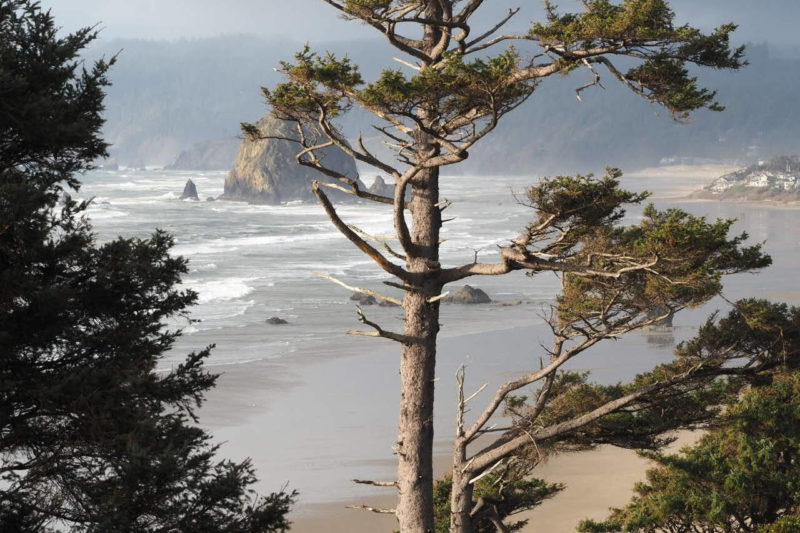
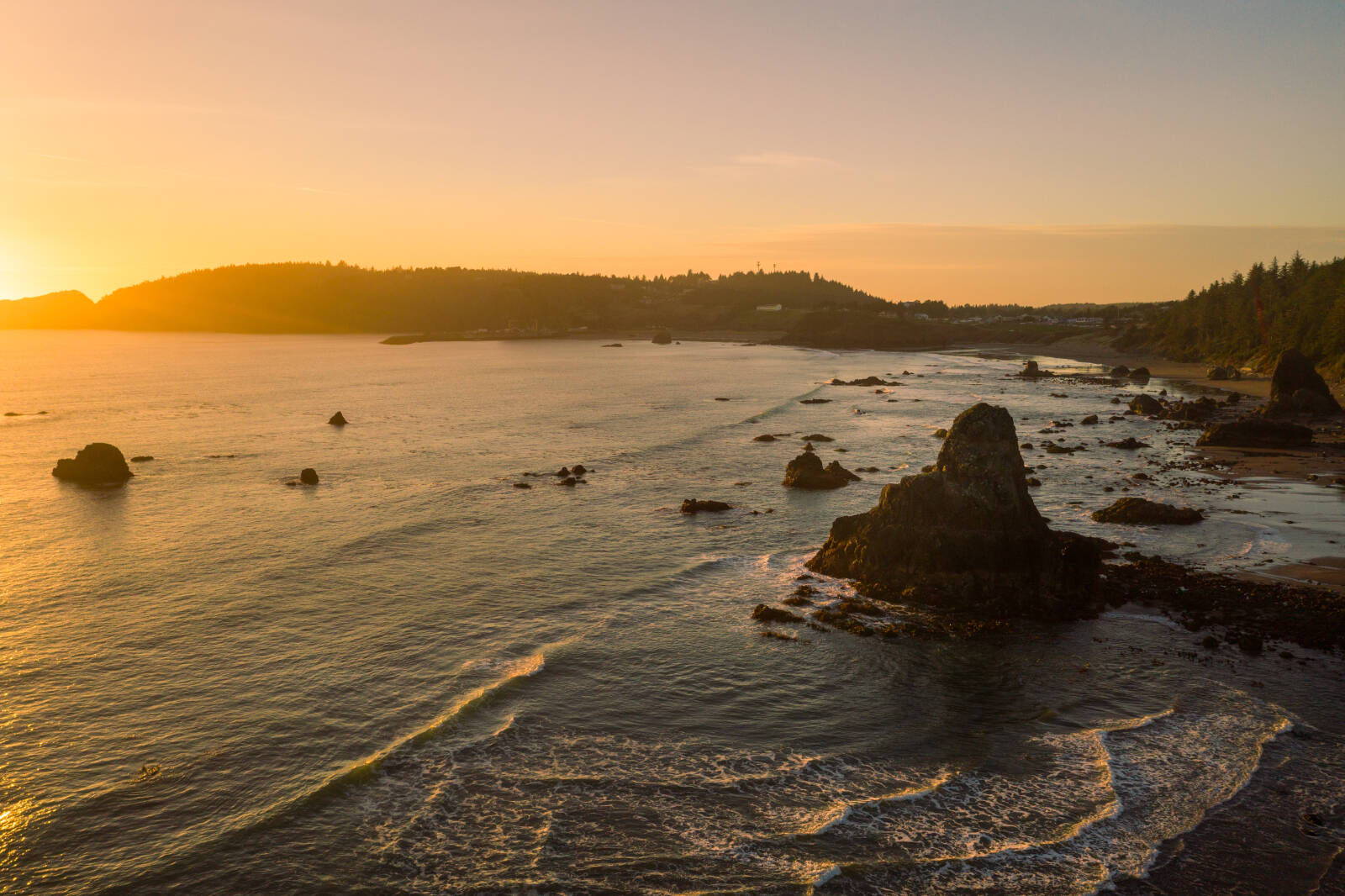
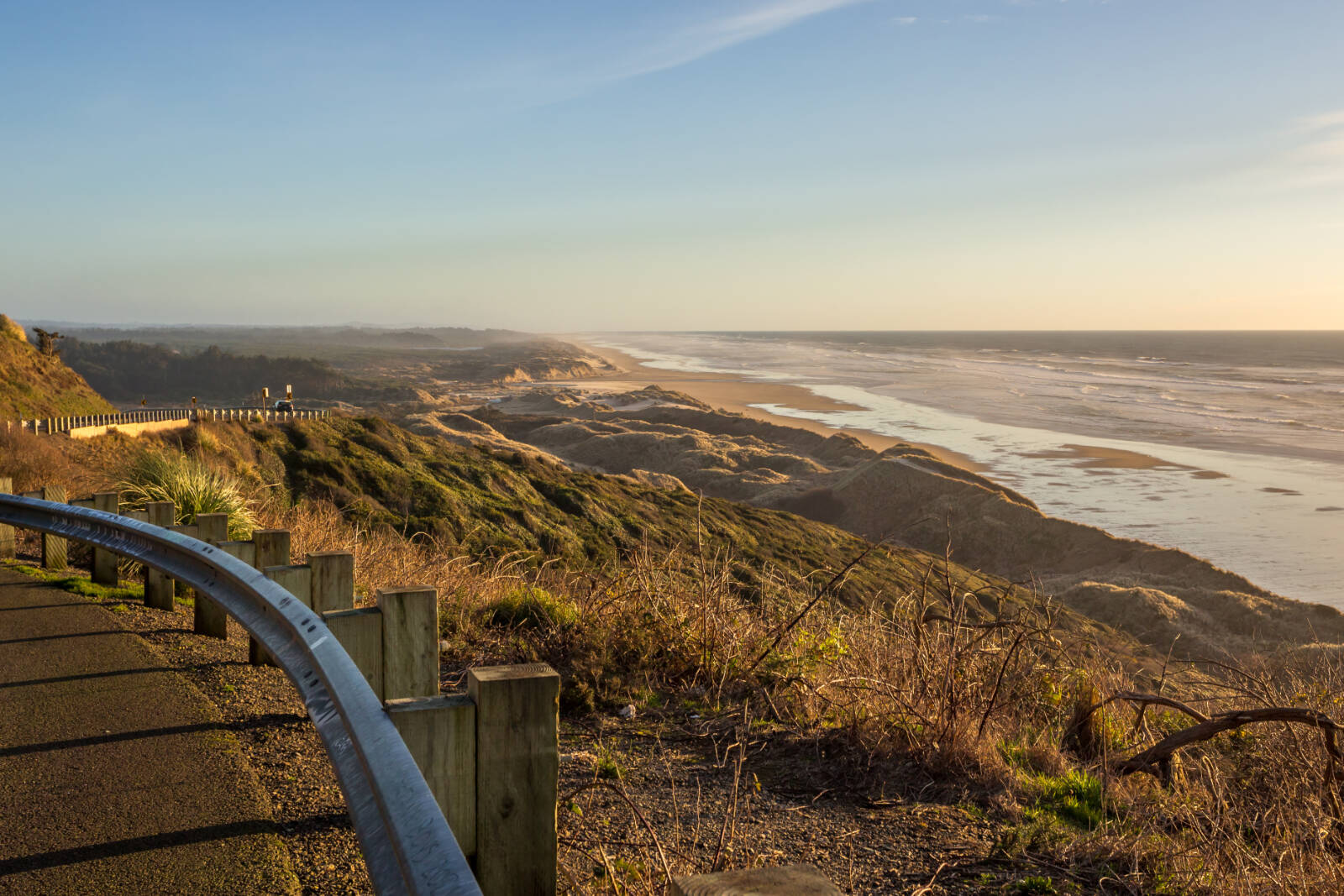
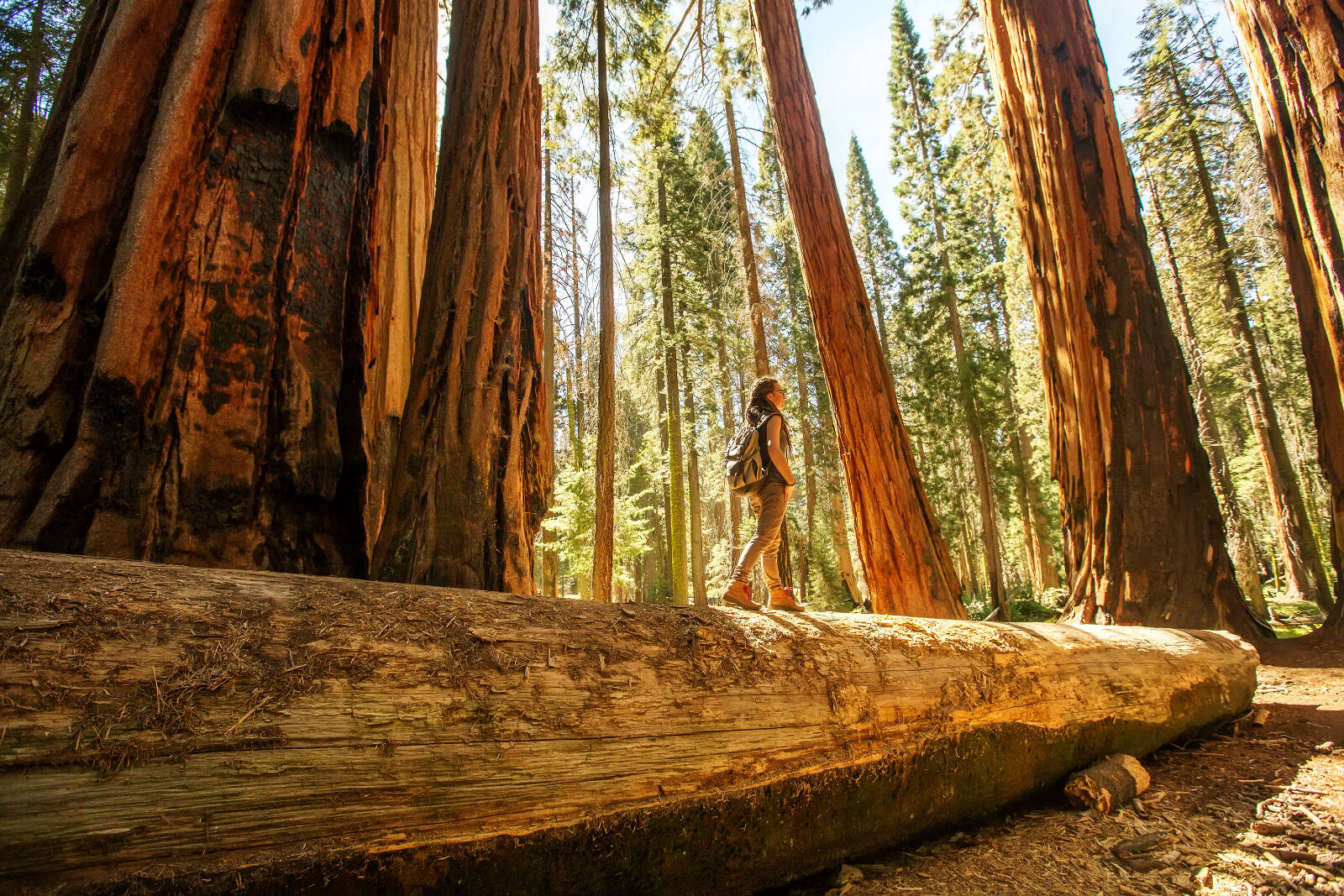
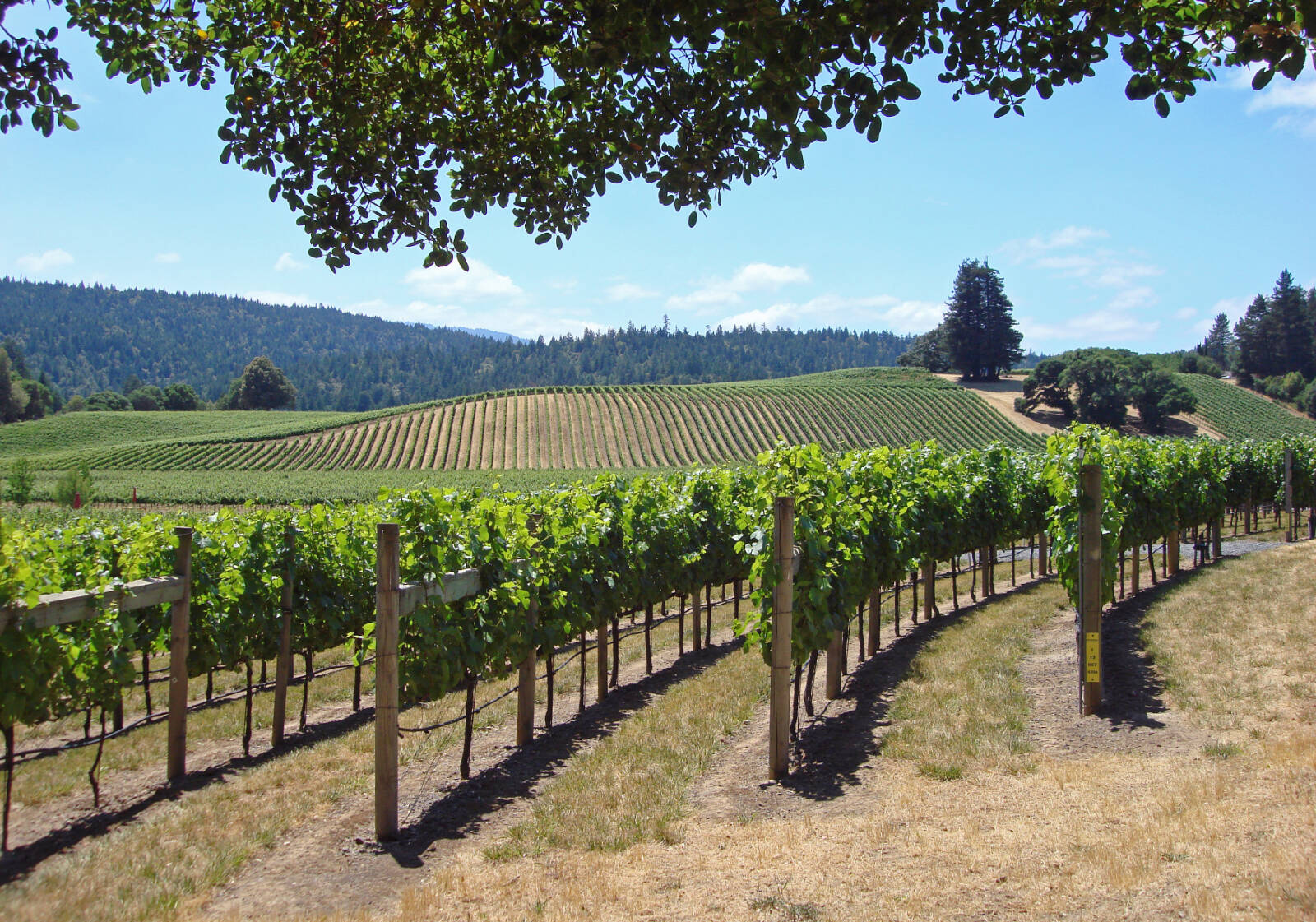








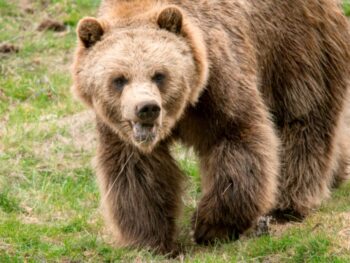
 WCT On the Fly: Where-to & What-to on the West Coast this spring … plus what’s coming up!
WCT On the Fly: Where-to & What-to on the West Coast this spring … plus what’s coming up!